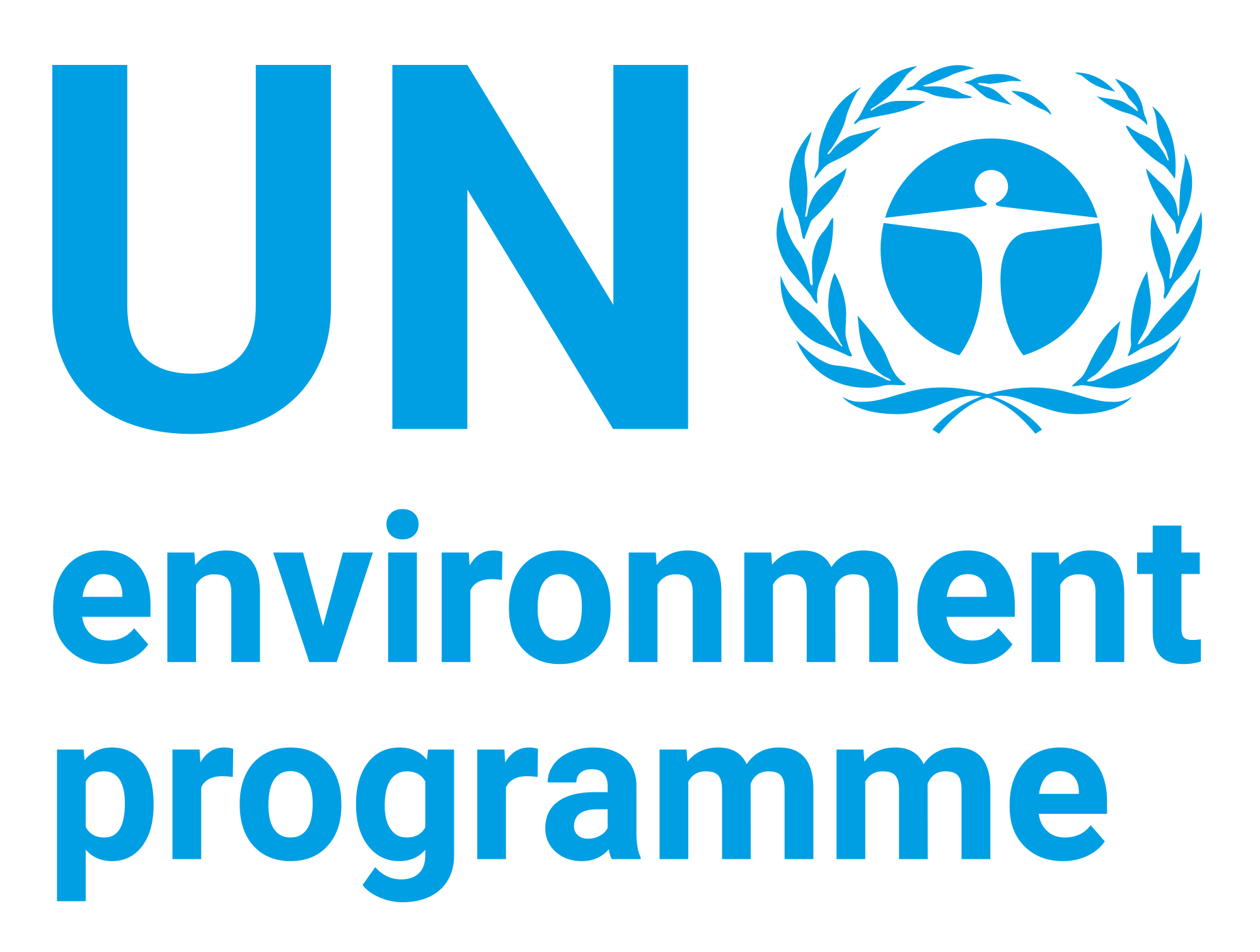Gaps and Opportunities for Synergies in International Environmental Law on Climate and Biodiversity to Promote the Sustainable Development Goals - International Environmental Law-making and Diplomacy Review 2019 Chapter 3
| dc.contributor | Law Division | en_US |
| dc.contributor.author | Rantala, Salla | en_US |
| dc.contributor.author | Iacobuta, Gabriela | en_US |
| dc.contributor.author | Minestrini, Stefania | en_US |
| dc.contributor.author | Tribukait, Julika | en_US |
| dc.date.accessioned | 2020-11-20T09:57:14Z | |
| dc.date.available | 2020-11-20T09:57:14Z | |
| dc.date.issued | 2020 | |
| dc.identifier.uri | https://wedocs.unep.org/20.500.11822/34373 | |
| dc.description | The Sustainable Development Goals (SDGs) represent a new mode of governance through shared goals instead of legally binding international agreements. Nevertheless, global action is required as the sustainability challenges transcend national boundaries. This is particularly true for global environmental commons that make up the stock of global natural capital and sustain life on Earth. International law recognizes four specific areas of global commons that fall outside of any national jurisdiction: the high seas, the atmosphere, Antarctica and outer space. In the context of sustainable development, other commons which may lie within national or regional jurisdictions, but whose continuing existence confers benefits beyond them, are often mentioned: the tropical rain forests, land and biodiversity. | en_US |
| dc.format | Text | en_US |
| dc.language | English | en_US |
| dc.publisher | United Nations Environment Programme | en_US |
| dc.relation.ispartof | International Environmental Law-making and Diplomacy Review 2019 | en_US |
| dc.rights | Public | en_US |
| dc.subject | environmental law | en_US |
| dc.subject | environmental management | en_US |
| dc.subject | sustainable development | en_US |
| dc.subject | climate change | en_US |
| dc.subject | biological diversity | en_US |
| dc.title | Gaps and Opportunities for Synergies in International Environmental Law on Climate and Biodiversity to Promote the Sustainable Development Goals - International Environmental Law-making and Diplomacy Review 2019 Chapter 3 | en_US |


